An individual development plan (IDP) is a tool that helps facilitate employee development. It’s a two-way commitment between an employee and their manager on what they are going to do to grow.
IDPs are often used as a way to drive leadership development. Organizations like them because they are visible, tangible evidence that leadership development is taking place. They can be monitored and tracked as a measure of progress, used as a way to drive accountability for development, and most importantly, if they are well written and taken seriously, they really do work.
I’ll draw on my experience from having helped hundreds of leaders write IDPs, using them for my own employees, as well as my personal experience with my own IDPs (rule number 1: if you’re going to help someone else write an IDP, you’d better have current one yourself).
How to Write a Great Individual Development Plan (IDP)
1. Start with a goal; have a reason to develop
There needs to be some kind of reason to develop. If there’s no reason to improve or no motivation, then there’s no reason to have an IDP.
Here are the most typical reasons for an IDP:
· You’re new in a job, and want to get up to speed as fast as possible
· You’re struggling in your job, and want to improve
· You’d like to move to a new role, and want to prepare yourself for that new role
· You’re good at what you do, and have no immediate aspirations to move, but just want to get even better
2. Identify what you want to learn, or get better at Identify the three most important competencies (skills, knowledge, attributes) that you want to work on in order to achieve your goal.
If you’re new in a role, these will most likely be the unfamiliar functional areas that you’ve had little prior experience with. Or it may be getting to know your new organization or team. If you’re struggling in a role, these things may have been identified in your performance appraisal, a 360 leadership assessment, or feedback from your manager or a coach. In order to prepare for a new role, you’ll need to identify the required competencies for that new role that you don’t yet have.
For leadership development, having access to a leadership competency model can help you identify the leadership competencies your company has identified as critical for any leader. You can either assess yourself, ask your manager for feedback. or ask for a 360 assessment.
When I work with a leader, I’ll ask questions to get at the what and why. That helps me identify the competency, the reason, and the relative importance. People sometimes struggle to put a &”label&” on the need, so having that competency model helps us do that (&”OK, so it sounds like you want to work on your leadership presence, or strategic thinking. or you need to improve your financial acumen is that right?&”).
You might also want to identify your strengths. Strengths can often be enhanced and also be leveraged in order to address development needs.
3. Identify &”development actions&” to address the needs
Here are the most common development actions, listed in order of developmental impact:
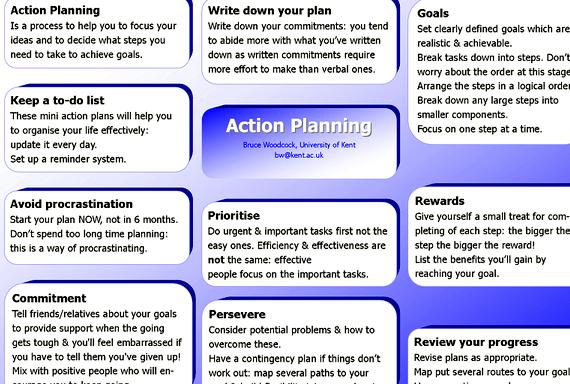
1. Move to a new job
2. Take on a challenging assignment within your current job
3. Learn from someone else (your manager, a coach. a subject matter expert or role model)
4. Get educated on the topic: take a course. read up on the topic
Sometimes, if you aspire to a larger role, the most important step in your development plan is to identify the role or roles to take in order to get you ready, often a lateral move. However, given that job changes are significant and don’t happen all that often, a challenging assignment is usually the best way to develop a competency or competencies. It’s those &”stretch assignments&” that force us to perform, learn, and have the most impact. The other advantage of a developmental assignment is that they combine real work with development. Otherwise, an IDP can become an &”extra&” thing to do when you have time, and of course, never gets done.
Then, once that project is identified, identify people that can help you learn the new skills required to be successful with that project (the same skills identified in step 2). For example, if that new project is going to require you to lead change, find 2-3 people that are really good at leading change and go talk to them. An internal or external coach may be able to help with tough to learn attributes, like relationship building. A mentor can often help you develop political acumen, or organizational agility.
Finally, identify any courses, books, or websites on the topics you want to learn.
4. Assign dates, costs, and who’s responsible for what The date helps you get specific and keep your commitment. Any costs need to be approved by your manager. While you’ll be responsible for most of your plan, your manager may have s few things he/she commits to doing to support you.
5. Discuss your plan with your manager
Although it’s possible to have your own plan and not involve your manager, it usually helps to get your manager’s feedback, involvement, and support. If for some reason you’d prefer not to do this (say, you work for a jerk, for instance), find a trusted coach or peer to talk it over with. By both of you signing the plan, it’s kind of a symbolic two-way commitment.
6. Implement the plan, follow-up often, andreflect on what you’ve learned
Keep your plan in front of you at all times. Check off those items you complete, you’ll feel a sense of accomplishment. Think about what you did, what you read, what you learned. What were the lessons? What should you incorporate as a permanent part of your repertoire? What should you reject? What did you learn about yourself? It’s often helpful to have a manager, trusted coach or mentor to help you uncover those &”V8 moments&”.
What’s your experience been with IDPs? Would doing it this way be an improvement? Do you have any other tips to share?
If you’d like to assess the quality of your IDP, see my checklist for a great IDP .
I no longer send out free templates. With the growth of my blog, the volume of requests got to be unmanageable. However, I’ve published an e-book, The Great Leadership Development and Succession Planning Kit. which contains an IDP template and lots more. You can download it as a PDF from the above link for only $7.99, or purchase it as an eBook on Amazon. ITunes, and other outlets for the same price.


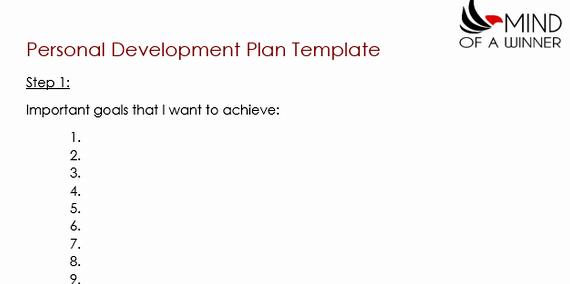


 Writing a bio about yourself for new job
Writing a bio about yourself for new job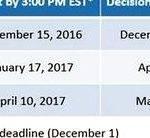 Mit sloan phd toefl writing
Mit sloan phd toefl writing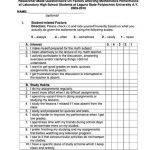 Writing questionnaires for dissertations definition
Writing questionnaires for dissertations definition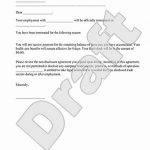 Writing a termination letter to your employer
Writing a termination letter to your employer Different ways of writing your name
Different ways of writing your name






